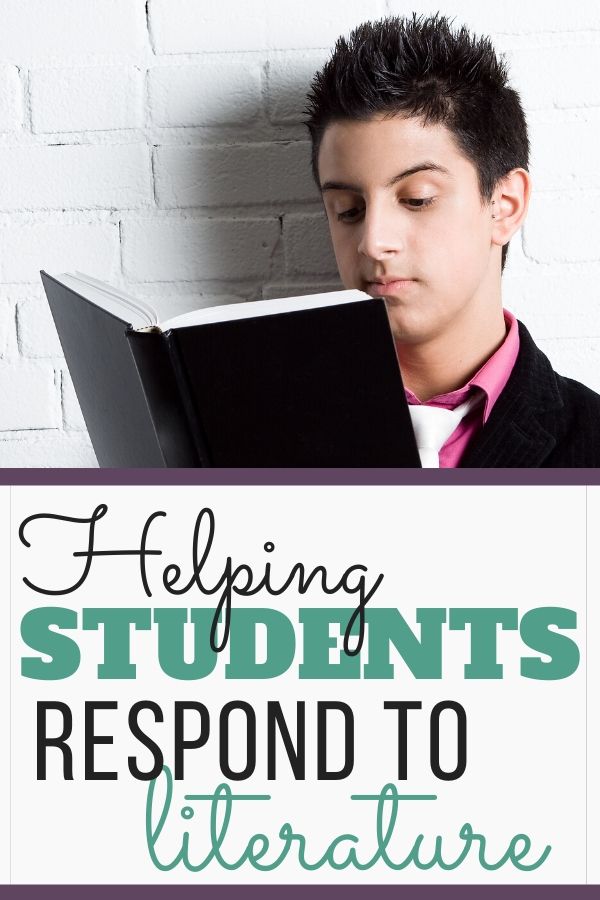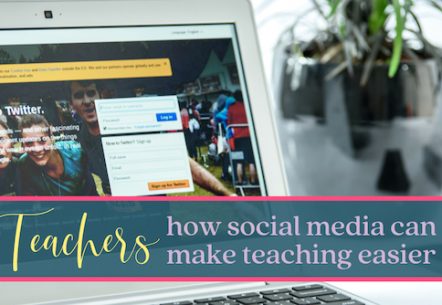Assigning independent reading seems to be one of the most controversial aspects of teaching English. Almost daily I see teachers asking about how much time to give for in-class reading and how to keep students accountable while they read. If you have read either of Donalyn Miller’s books about cultivating a reading culture to encourage and engage students with independent reading you’d know she believes this is the answer to making students readers.
While I find her ideas to be helpful I also find them to be mostly good on paper. After teaching three different grade levels and incorporating her ideas for establishing a reading culture I have found the truth is that not all kids are going to find reading enjoyable.
And that’s ok.
This is probably a very unpopular opinion, but in my experience, as both a middle school and high school English teacher I find that not every kid experiencing a rich reading classroom will transform into the readers we aspire for them to be. Yes, I have had a number of students over the years enter my classroom as self-proclaimed reading haters only to graduate as reading lovers. One particular former student’s mother with whom I am now good friends with still introduces me as the teacher who turned her son into a reader. It happens.
So if it’s possible to transform kids into readers it’s also possible that some kids are just not going to take to being readers. However, they are still going to be accountable for showing they have mastered the reading standards of their grade level.
Accountability
Gone are the days of teaching books. Yes, you read that correctly. It’s not books that we teach, it’s students. Skills for reading fiction can be mastered through any text. Some texts cater to specific skills more explicitly or implicitly, depending on what we need. However, skills can be modeled and practiced with any text. This is why allowing students to practice their reading skills through independent reading is appropriate. These tasks can also be used for formative assessments and keep kids accountable for their reading.
As soon as grade 4 students are exposed to the concept of theme. They are also expected to describe in depth a character’s thoughts, words, and actions in detail. When I have helped students to identify these aspects of a story I teach the acronym STEAL to help students remember how to find the characterization and trace how these show a theme. Between these two points of a story include setting details and of course learning new vocabulary words within context.
Combining all of these rounds out the reading literature standards. They also ask students to deeply engage in any given story.
Standardized Test Practice
For three years I sat on the Ohio content area AIR test committee. Basically, this was a group of teachers who read through the assessment questions analyzing how well the question appropriately evaluated a student’s skill of each standard.
Spending hours upon hours staring at test questions helped me to see how I needed to have my own students engaging with fictional texts.
First, I noticed that language for the questions comes directly from the standards. While this may seem a little obvious I would be willing to bet there are a number of fourth-grade teachers who probably only refer to the theme as the lesson. It’s important to expose students to the words being used in the standards, especially the ones in parentheses. These are not off-limits.
Reading Response Handouts
When I created these reading response worksheets I looked specifically at each grade levels’ standards that ask students to show their skills of understanding characterization, setting, theme and how all of these interact with each other.
At each grade level, the understanding of how these elements show up in a story becomes more sophisticated as students should master these skills. In grade four students begin by identifying and describing what they read. This leads to comparing and contrasting characters and events in grade five. Then digging deeper into character response with grade six and finally grades seven and eight ask students to notice how characters move the plot forward.
There are several ways that teachers can use these questions. For starters, these can be a great introduction for students who struggle with these concepts. Because each of these sheets is grade-level specific teachers can use them to help scaffold these reading skills. As students master each level they can move on to the next, or start where they are.
These questions can also be used as a means of formative assessment.
Start by teaching students about characterization and how to use the STEAL acronym to identify how authors develop their characters. Asking students to read with an author’s lense is one of the key aspects for helping students answer standardized test questions.
Next teachers will need to give their classes a chance to practice these concepts with a short story. Personally, I love a good Ray Bradbury story for strong character development and theme. Once students have an understanding and examples of question answers allow them to answer through independent texts.
For struggling readers, small group situations may help them better grasp the concepts. Providing opportunities to discuss possible answers is another great way to scaffold this material.
You can find these reading response worksheets along with the characterization slide deck mini-lesson in my Teachers Pay Teachers store. There is also a slide deck that can help you translate this practice into test questions and how to help students answer these questions.






